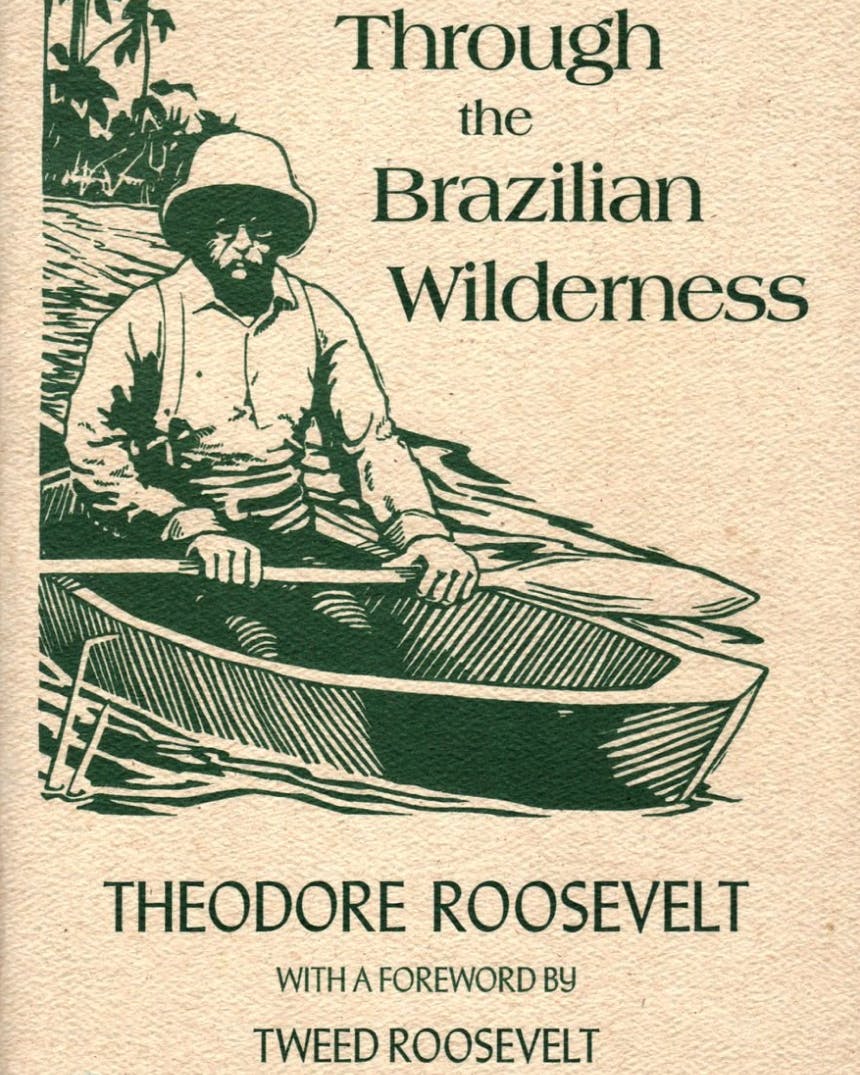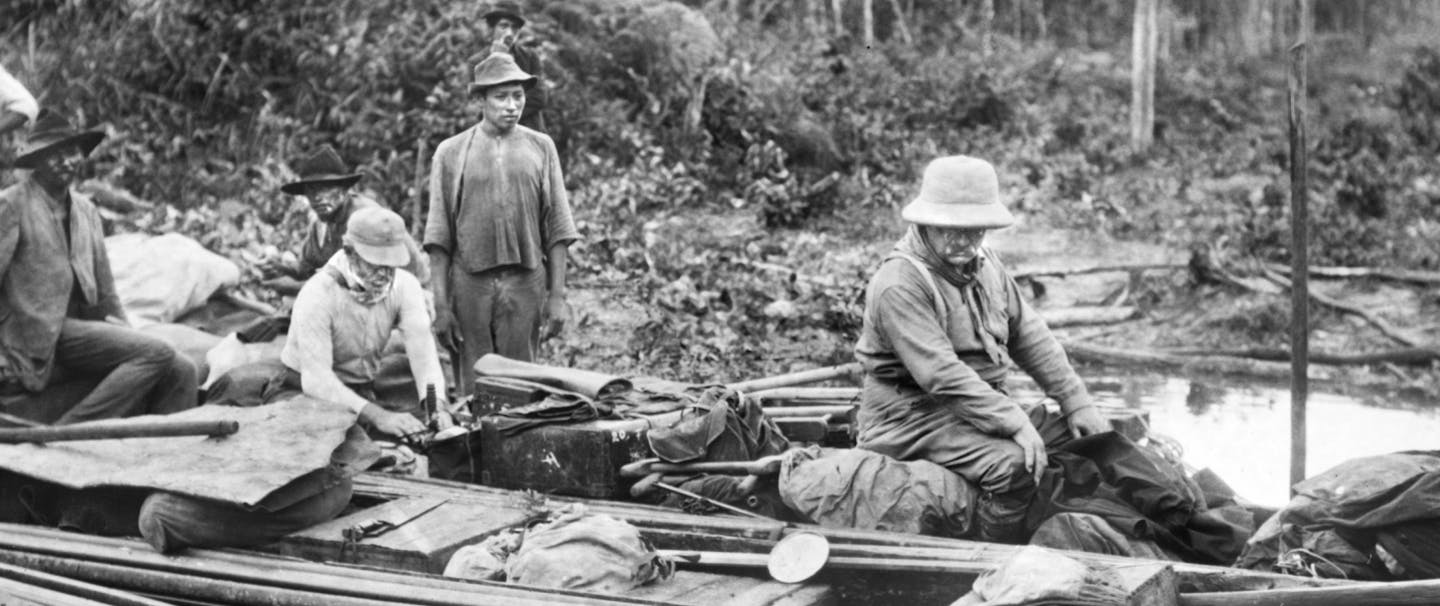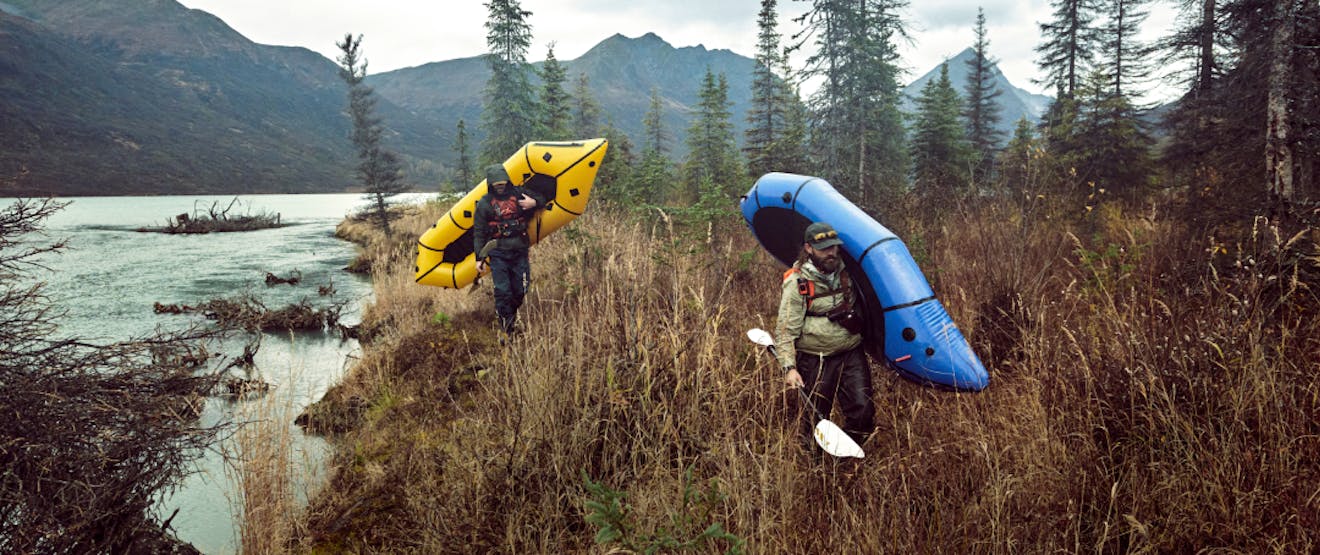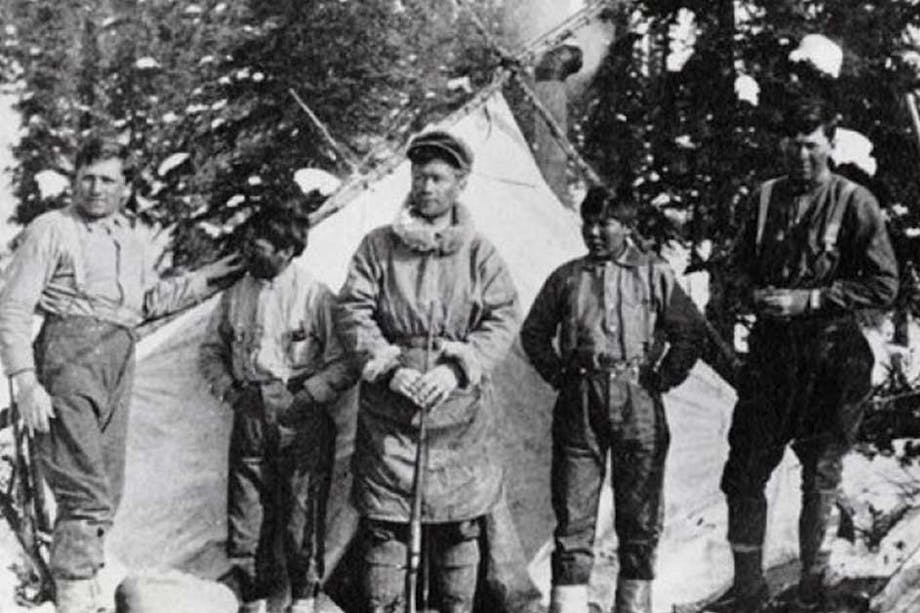The hubris of any father who embarks on a physical challenge into the unknown can be checked if he brings along the love of a son who accompanies him. This observation recently occurred to me while reflecting on the recent examination of a father- and-son expedition to the Amazon Basin in 1914, undertaken by Theodore Roosevelt and his 24-year-old son, Kermit.
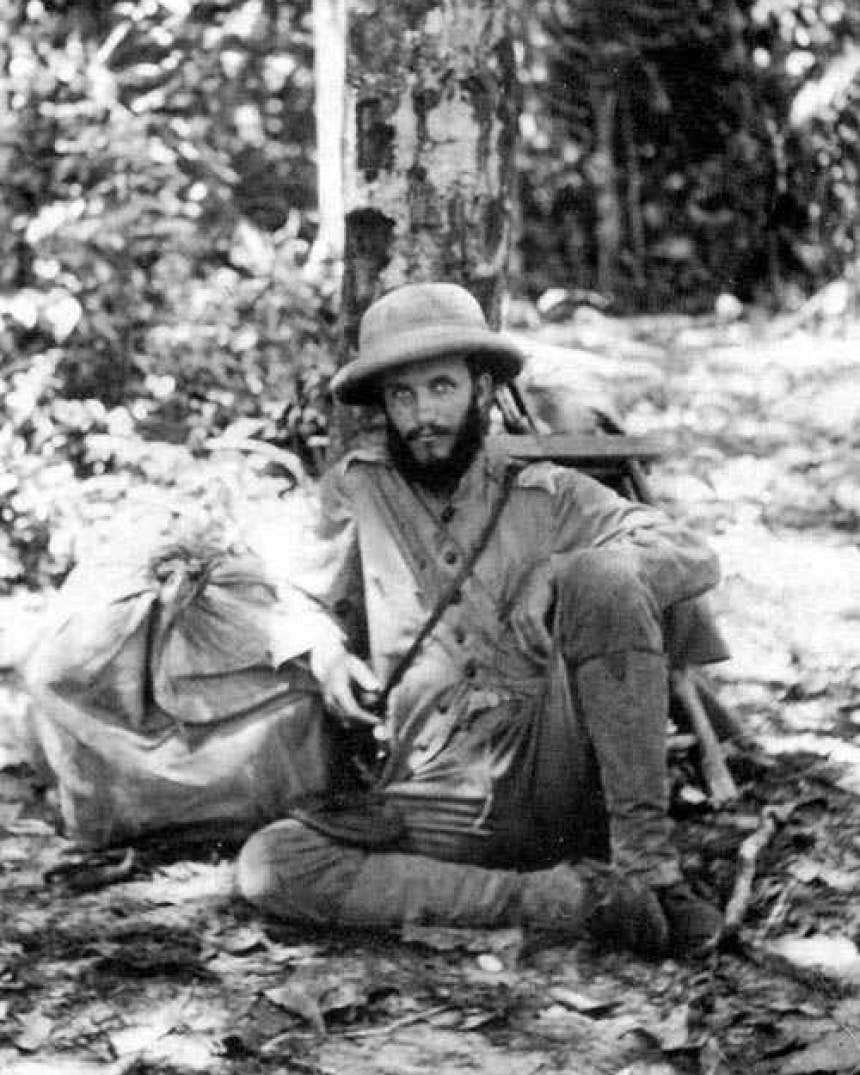
Theodore Roosevelt’s son Kermit Roosevelt, who later joined his father on the Amazon expedition in 1913.
Roosevelt’s epic journey was sparked by an invitation to speak in several cities on the South American continent in the fall of 1913. Before setting out from New York, the trip turned into an expedition of the Amazon River basin, at the behest of the American Museum of Natural History, of which Roosevelt was considered a good friend and beneficiary. The museum was sending two naturalists – George Cherrie and Leo Miller – who specialized in mammals and birds, respectively. Roosevelt was to accompany them as the expedition’s leader, given what many people (and especially Roosevelt himself) considered to be his extensive experience in the wilds of the world, including on the African continent.
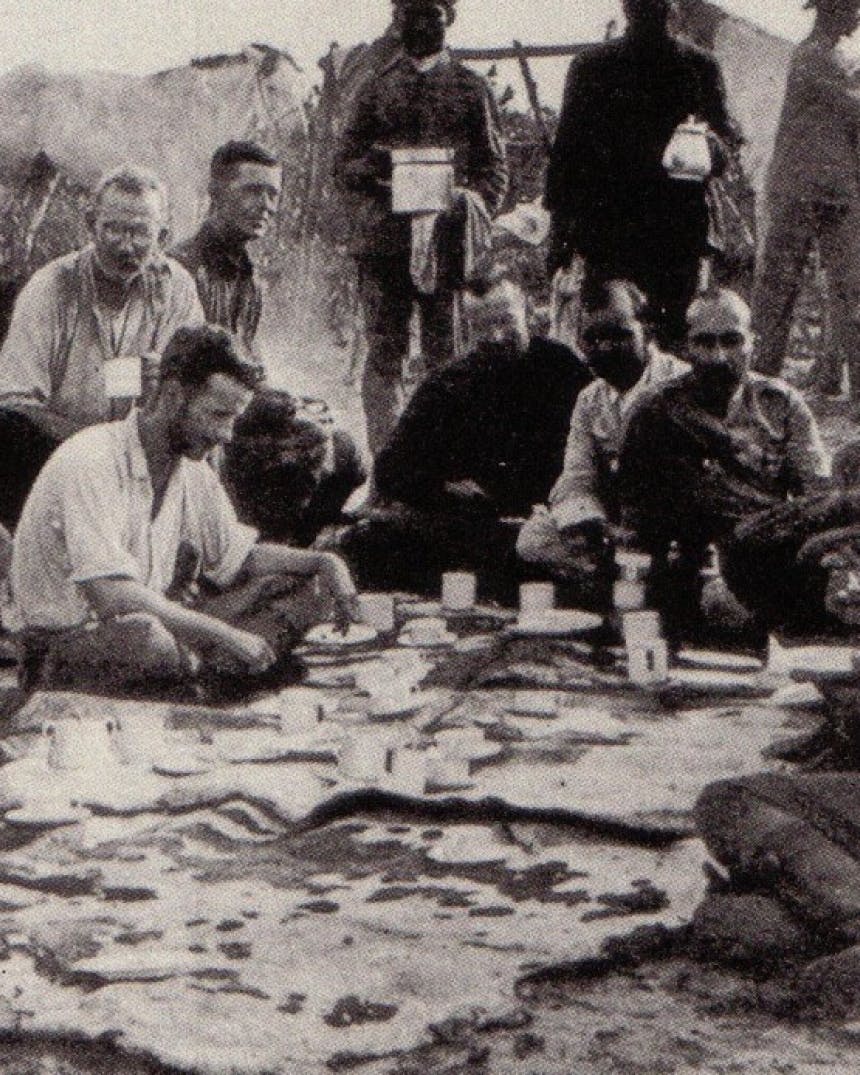
Rio da Dúvida translates as “River of Doubt”; never was there a river that lived up to its name more.
Roosevelt’s nature was not to turn away from a challenge. On this, his son, Kermit , who later joined him on the Amazon expedition, remarked in his book The Long Trail how his “father’s physical successes were due to preservation and endurance.” The elder Roosevelt had demonstrated these qualities again and again throughout his lifetime, and the Amazon trip would prove to be no exception. Roosevelt arrived at Bahia, Brazil, on October 18, 1913, and what began as a naturalistic survey soon morphed into something much more.
A Brazilian colonel and admirer of Roosevelt, Cândido Rondon, proposed a challenge for the ex-president: to lead an expedition of 22 people in an exploration of the length of the Aripuanã River, known to locals as the Rio da Dúvida, or “River of Doubt.”
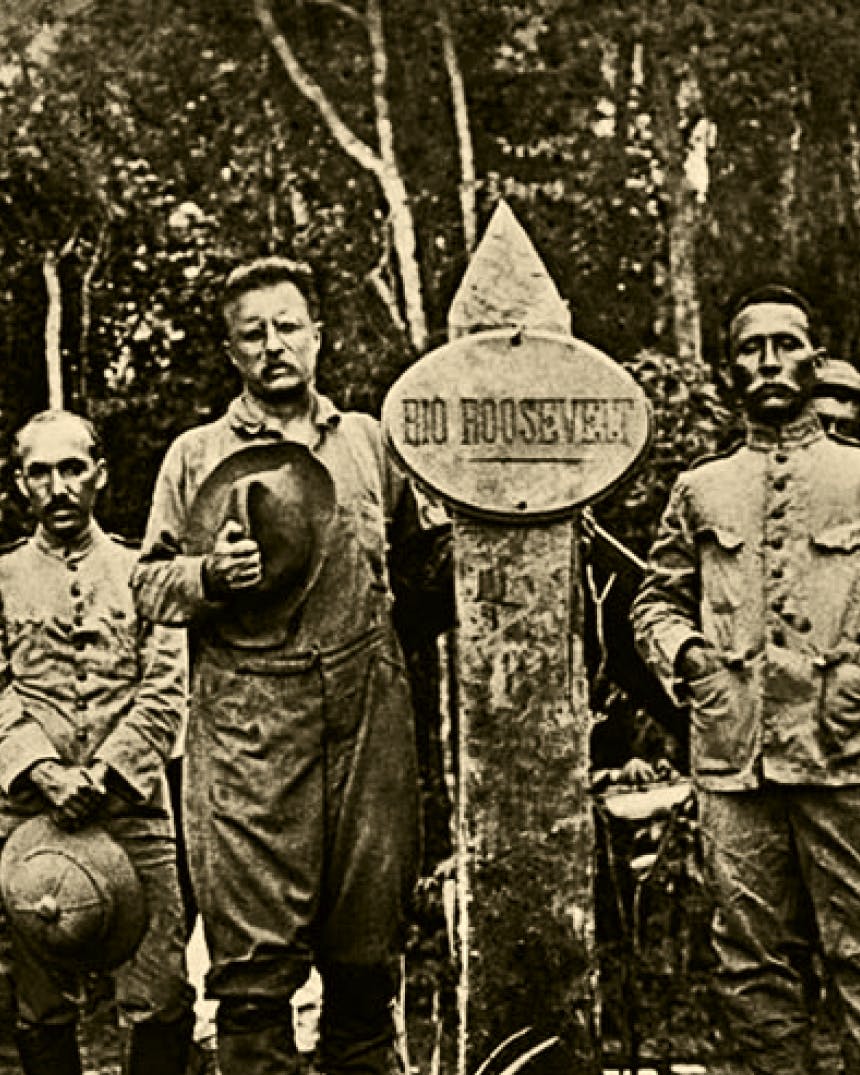
The original party started out from Cáceres, Brazil, in December 1913, and reached the river on February 27, 1914. It was at this juncture that the party split up: Miller, Father Zahm, and the expedition’s supply lead, Anthony Fiala, departed, while the two Roosevelts, Cherrie, Rondon, and 15 Brazilian porters, or camaradas, headed up the River of Doubt. Never was there a river that lived up to its name more.
The group had earlier abandoned crates of foodstuffs and lighter weight canoes during the 400-mile trek to get to the headwaters; soon, they were forced to live on half-rations, with animal game in short supply. Plagues of biting insects bedeviled their passage as the group portaged hand-carved dugout canoes that weighed as much as a ton apiece. River rapids caused canoes to overturn, and there was one close call when Kermit almost drowned (three Brazilians did die along the way, including one by drowning). The Cinta Larga tribe shadowed the group, and shot two arrows into Rondon’s dog. The tribe left the struggling members of the party to whatever fate the jungle had in store for them. Schools of piranha swam alongside the canoes, between river portages to avoid rapids.

On March 28, 1914, just as they were faced with a seemingly impassable waterfall, Theodore Roosevelt was near death from a combination of starvation, malaria, and a leg infection from an old wound that had never healed. As Rondon advocated for an “every man for himself” policy for escaping the river, Kermit led the group past the waterfall, while at the same time caring for his incapacitated father. On April 15, they came upon evidence of civilization in the form of a rubber shack and met up with a relief party—and salvation—on April 26, 1914. The ordeal was over for the Roosevelts, and a major portion of the river had been explored (the river was later renamed Rio Roosevelt or Rio Teodoro, but to the rubber workers who saved the group, it remained the Castanho).
Theodore Roosevelt wrote about the expedition in great detail in his book Through the Brazilian Wilderness. He talks about the clothing that was selected, Fiala’s preparations that in securing canned rations and other supplies, and exacting descriptions of the flora and fauna of the Amazon. Toward the end, Roosevelt offers dual stories of his endgame in the Amazon. In a moment of self-reflection, he describes his unyielding nature as an explorer and individual: “It is [the explorer’s] duty to go forward, if necessary on all fours, until he drops…fortunately, I was put to no such test.” He credits this outcome to his son Kermit and to the others “who took care of me as if they had been trained nurses.” It was a finale that defined both men through a quest fraught with danger and struggle and met with determination, and ultimately an affirmation of the bond between father and son.
